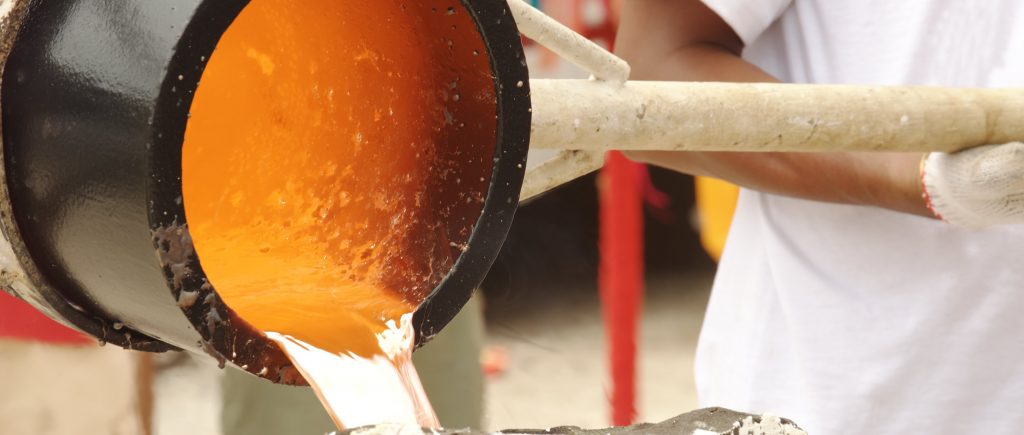As inflationary pressures persist worldwide, commodities have emerged as a focal point for investors seeking stability and growth. Among the trio of silver, oil, and gold, each commodity tells a unique story of resilience and opportunity.
Industrial Dynamo
Silver, often dubbed the “poor man’s gold,” has surged approximately 22.5% in the first half of 2024. Its industrial demand, particularly in the green energy sector, fuels this remarkable performance. The Silver Institute predicts global silver demand to reach a near-record 1.2 billion ounces this year, driven by applications in solar panels and electronics. With a structural market deficit persisting for the fourth consecutive year, silver prices continue to rise as demand outstrips supply.
Oil Among Top performers
Despite the global push toward renewables, oil remains an indispensable resource. Demand, which averaged just over 102 million barrels per day in 2023, is projected to plateau near 106 million barrels per day by the end of the decade. This leveling off coincides with a surge in global oil production, especially from non-OPEC+ producers. While electrification trends persist, oil’s resilience underscores its critical role in emerging economies and beyond.
Gold: Preferred Safe Haven
Gold, the age-old safe haven, shines brightly in 2024. Despite high interest rates and a strong US dollar—conditions that typically challenge gold—the yellow metal has risen 12.8% year-to-date. Several factors contribute to its resilience:
Gold’s outlook remains bullish, with Goldman Sachs setting a year-end target of $2,700 per troy ounce. Emerging market central banks and Asian households play a pivotal role in supporting this precious metal.
Gold has performed remarkably well in 2024, rising by 12% year-to-date (Y-t-d) and outpacing most major asset classes. This impressive performance can be attributed to several factors:
Central Bank Buying: Continued central bank buying has supported gold prices. These institutions view gold as a hedge against currency fluctuations and geopolitical risks.
Asian Investment Flows: Robust investment flows from Asian markets have contributed to gold’s strength. Investors in Asia often turn to gold as a safe-haven asset during uncertain times.
Resilient Consumer Demand: Despite economic fluctuations, consumer demand for gold has remained steady. Jewelry, technology, and other industrial uses contribute to this demand.
Geopolitical Uncertainty: The world has experienced ongoing geopolitical tensions, which tend to drive investors toward safe-haven assets like gold.
Looking ahead, the key question is whether gold’s momentum can continue or if it’s running out of steam. While the global economy shows wavering growth indicators, gold’s outlook remains positive. Falling rates in developed markets and continued investor interest could act as catalysts for further gains
As markets navigate the second half of 2024, commodities offer intriguing opportunities. Whether it’s silver’s industrial dynamism, oil’s unwavering presence, or gold’s timeless allure, investors must stay informed. In a world of inflation-linked concerns, these tangible assets continue to prove their worth.

 Noor Trends News, Technical Analysis, Educational Tools and Recommendations
Noor Trends News, Technical Analysis, Educational Tools and Recommendations




